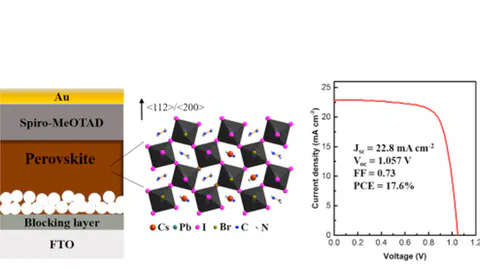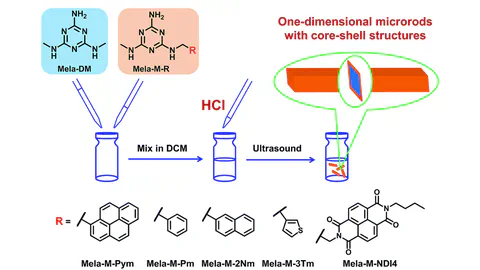Publications
Physics and Chemistry of Two-Dimensional Triangulene-Based Lattices
Accounts of Chemical Research, 2025, 58(1), 61-72.
Prediction of Metal-Free Stoner and Mott-Hubbard Magnetism in Triangulene-Based Two-Dimensional Polymers
Science Advances, 2024, 10(40), eadq7954.
Magnetic Coupling Control in Triangulene Dimers
Journal of the American Chemical Society, 2023, 145(35), 19303-19311.
Predicting Magnetic Coupling and Spin-Polarization Energy in Triangulene Analogues
Journal of Chemical Theory and Computation, 2023, 19(12), 3486–3497.
Suppressing the Excitonic Effect in Covalent Organic Frameworks for Metal-Free Hydrogen Generation
JACS Au, 2022, 2(8), 1848–1856.
Metal-Free Magnetism in Chemically Doped Covalent Organic Frameworks
Journal of the American Chemical Society, 2020, 142(25), 11013–11021.
cis-C═C Bond and Amide Regulated Oriented Supramolecular Assembly on Two-Dimensional Atomic Crystals
The Journal of Physical Chemistry C, 2019, 123(51), 30996-31002.
Chemical Doping of Organic and Coordination Polymers for Thermoelectric and Spintronic Applications: A Theoretical Understanding
Accounts of Chemical Research, 2023, 56(16): 2127-2138.
A Thiophene Backbone Enables Two-Dimensional Poly(arylene vinylene)s with High Charge Carrier Mobility
Angewandte Chemie International Edition, 2023, 62(35), e202305978.
Temperature-Responsive Self-Assembly of Single Polyoxometalates Clusters Driven by Hydrogen Bonds
Advanced Functional Materials, 2021, 31(30), 2103561.
Visible-light-switched electron transfer over single porphyrin-metal atom center for highly selective electroreduction of carbon dioxide
Nature Communications, 2019, 10(1), 3844.
Single molecule–mediated assembly of polyoxometalate single-cluster rings and their three-dimensional superstructures
Science Advances, 2019, 5(7), eaax1081.
Probing the crystallographic orientation of two-dimensional atomic crystals with supramolecular self-assembly
Nature Communications, 2017, 8(1), 377.
Laser-Driven Modular Precision Chemistry of Graphene Using λ3-Iodanes
Angewandte Chemie International Edition, 2024, 63(50), e202414090.
Increasing the Accessibility of Internal Catalytic Sites in Covalent Organic Frameworks by Introducing a Bicontinuous Mesostructure
Angewandte Chemie International Edition, 2024, 136(15), e202400985.
Linkage-engineered donor–acceptor covalent organic frameworks for optimal photosynthesis of hydrogen peroxide from water and air
Nature Catalysis, 2024, 7, 195-206.
A thienyl-benzodithiophene-based two-dimensional conjugated covalent organic framework for fast photothermal conversion
Journal of Polymer Science, 2023, 61(16), 1843-1848.
Hydrogen Bonding-Induced Morphology Dependence of Long-Lived Organic Room-Temperature Phosphorescence: A Computational Study
The Journal of Physical Chemistry Letters, 2019, 10(21), 6948-6954.
Layer-Dependent Chemically Induced Phase Transition of Two-Dimensional MoS2
Nano letters, 18(6), pp.3435-3440.
Supramolecular catalyst functions in catalytic amount: cucurbit[8]uril accelerates the photodimerization of Brooker’s merocyanine
Chemical science, 8(12), pp.8357-8361.
Controlled orientation of perovskite films through mixed cations toward high performance perovskite solar cells
Nano Energy, 2016, 27, 87-94.
Self-assembling 1D core/shell microrods by the introduction of additives: a one-pot and shell-tunable method
Chemical Science, 2015, 6(8), 4907-4911.
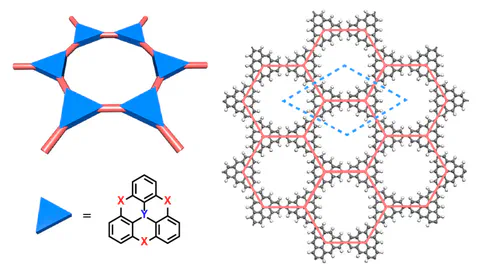

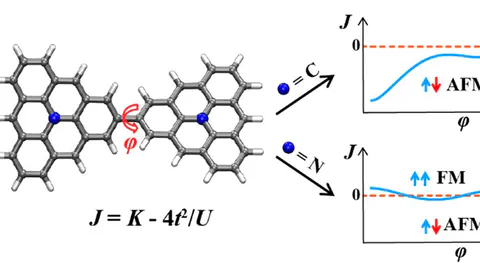
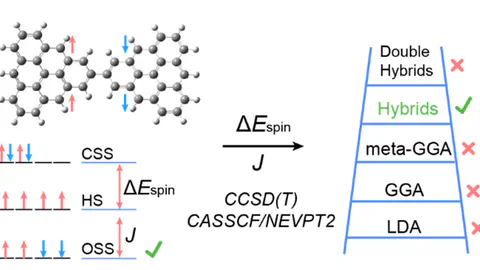
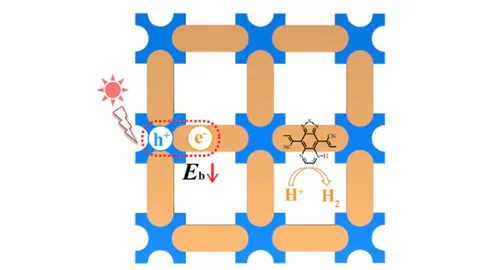
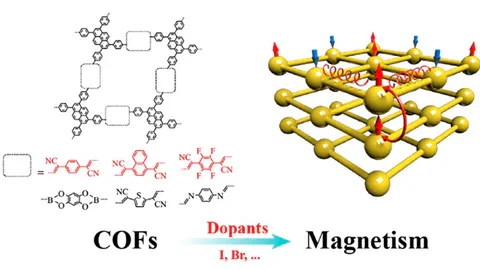
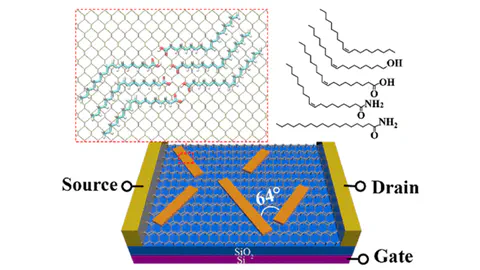
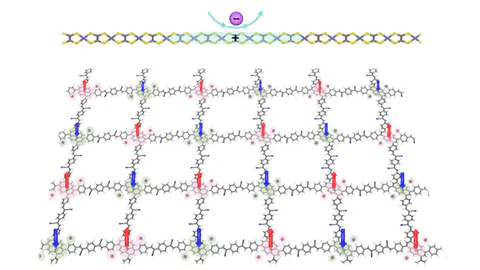
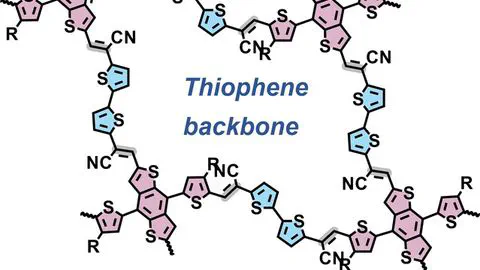
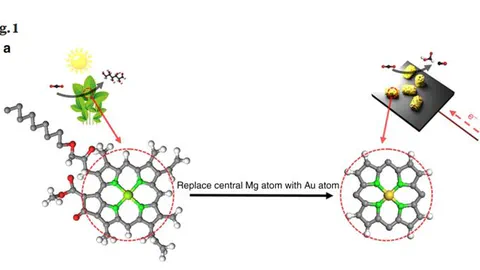
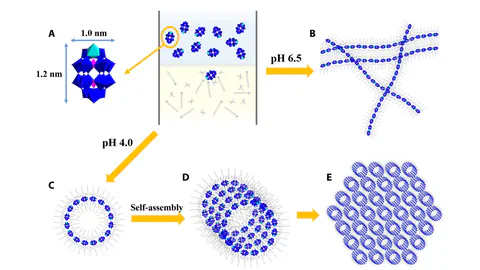

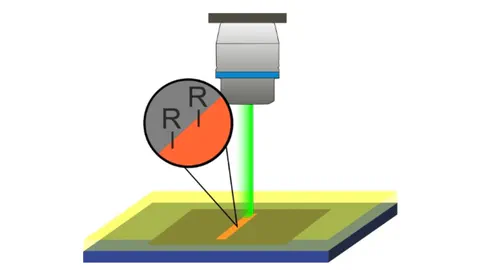
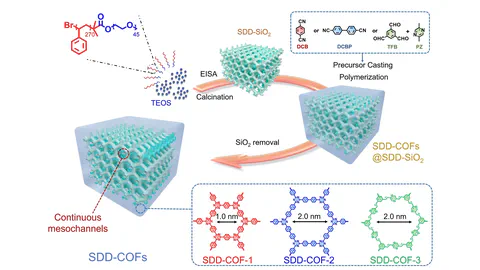
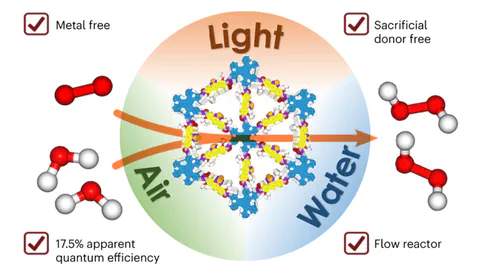

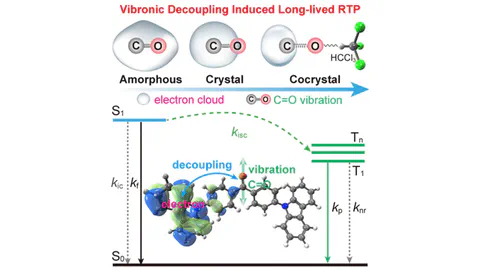
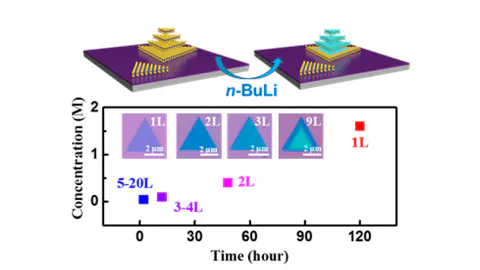
![Supramolecular catalyst functions in catalytic amount: cucurbit[8]uril accelerates the photodimerization of Brooker’s merocyanine](/publication/2017-10-13-c-chemicalscience/featured_hu5969557272826686708.webp)
